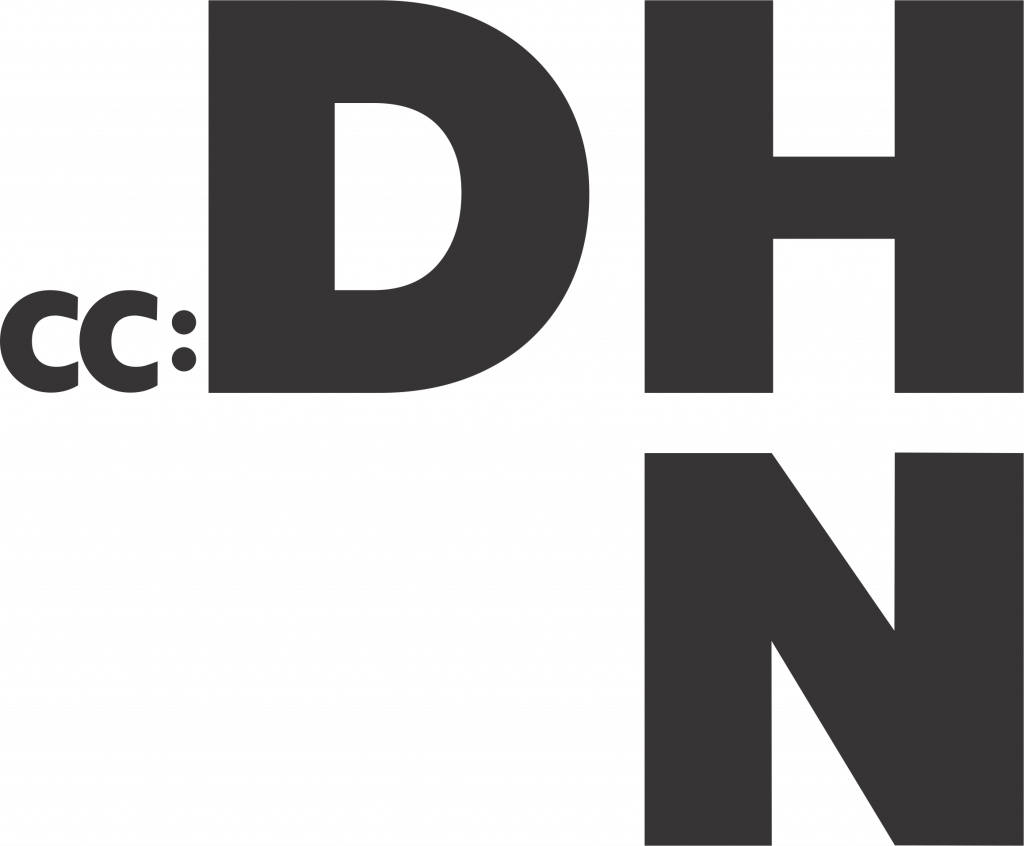
- This event has passed.
Introduction to IIIF: Sharing, Consuming, and Annotating the World’s Images
Format
in person/face-à-faceAccess to image-based and A/V resources is fundamental to research, scholarship and the transmission of cultural knowledge. Digital images are containers for much of the information content in the Web-based delivery of books, newspapers, manuscripts, maps, scrolls and archival materials. Yet much of the Internet’s resources are locked up in silos, with access restricted to bespoke, locally built applications. A growing community of the world’s leading research libraries and content repositories have embarked on an effort to collaboratively produce an interoperable technology and community framework for image and AV delivery. IIIF (International Image Interoperability Framework) has the following goals; To give scholars an unprecedented level of uniform and rich access to image-based resources hosted around the world, to define a set of common application programming interfaces that support interoperability between image repositories, and to develop, cultivate and document shared technologies, such as image servers and web clients, that provide a world-class user experience in viewing, comparing, manipulating and annotating images.” (https://iiif.io) and with the release of version 3.0 to extend these benefits to Audio and Video resources. This course will introduce students to the basic concepts and technologies that make IIIF possible, allowing for guided, hands-on experience in installing servers and clients that support IIIF, and utilizing the advanced functionality that IIIF provides for interpretive research, such as annotation.
